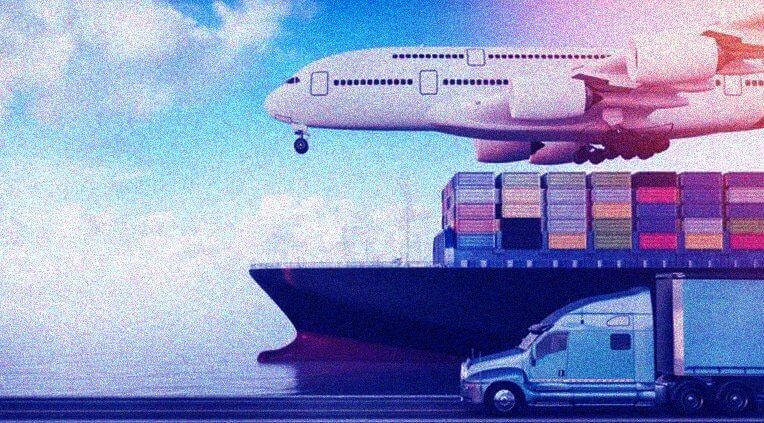
In the modern world, it seems the trend of online shopping is gradually overtaking that of indulging in retail therapy in-store, as a recent study showed that 51% of consumers in the UK would rather shop via the internet than on the high street.
This changing of habits does present its challenges, however, as both businesses and customers have to contend with delivering and receiving their goods safely and securely. Thankfully, advances in modern technology mean this process is becoming increasingly effective and efficient, with parties on both sides of the transaction able to have a greater input at various stages along the way.
So, what are these advances and how have they improved logistics for companies and customers alike?
Courier services
Businesses such as Parcel2Go offer its customers the chance to compare quotes from couriers, helping to secure them the best possible deal and subsequently keep distribution costs to a minimum. Vendors can opt to transport their goods to a drop-off point, which can often prove more efficient than making several home deliveries over what could be a large geographical area. These online comparison services can also take advantage of local couriers, tapping into their specialist knowledge to advise their customers on best practices when it comes to delivering in certain regions.
Global Positioning System (GPS)
Long gone are the days of ordering goods, receiving a rough estimate of a delivery date and waiting with crossed fingers for your package to turn up. Now, the use of GPS means a consumer can follow the progress of his or her delivery from the warehouse to transit and, ultimately, to their front door or drop-off point. Similarly, vendors are able to track their goods, which in turn allows them to provide greater transparency to any customers who query the whereabouts of their expected parcel.
Radio Frequency Identification (RFID)
From a business’ point of view, RFID has allowed for vast improvements in keeping track of inventory and stock. RFID tags are placed on products and subsequently emit radio waves, which are picked up by the company, who use the data to maintain records of what stock it has remaining in its warehouse. Such a fast and efficient system means these enterprises can act quickly to replace a certain product that may have sold out, or if a mistake has been made and the wrong product has been released for delivery.
Warehouse Management System (WMS)
To manage the above-mentioned technologies and services requires modern software. To help logistics and 3PL companies comes Warehouse Management System. With the help of this solution, it is possible to unite all logistic processes, including cargo tracking by RFID tags and GPS. This guide describes well how to choose and implement a WMS in your business.
This is an article provided by our partners network. It does not reflect the views or opinions of our editorial team and management.
Contributed content

IntelligentHQ Your New Business Network.
IntelligentHQ is a Business network and an expert source for finance, capital markets and intelligence for thousands of global business professionals, startups, and companies.
We exist at the point of intersection between technology, social media, finance and innovation.
IntelligentHQ leverages innovation and scale of social digital technology, analytics, news and distribution to create an unparalleled, full digital medium and social business network spectrum.
IntelligentHQ is working hard, to become a trusted, and indispensable source of business news and analytics, within financial services and its associated supply chains and ecosystems.











